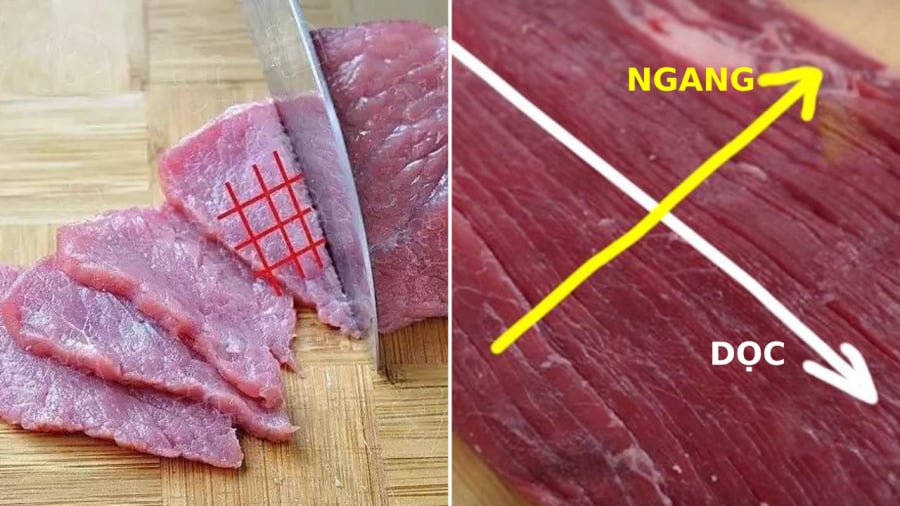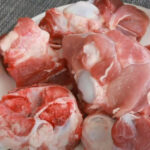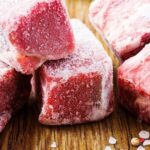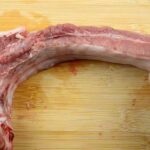Meats from animals such as beef, pork, and chicken generally have a similar composition, including muscle tissue and connective tissue. Muscle tissue accounts for approximately 60.5% of this, made up of numerous muscle fibers, fiber bundles, and muscle bellies. Meanwhile, connective tissue, accounting for about 10.5%, consists of collagen and elastic fibers found in skin, bones, tendons, and cartilage.
Over time, as livestock and poultry are raised for longer and engage in more physical activity, their muscle fibers strengthen and thicken, resulting in tougher and more robust meat. The meat’s structure becomes firmer and more resilient.
The way meat is cut, either with or across the grain, also affects its tenderness. Depending on the dish and the characteristics of the meat, you can adjust the cutting technique accordingly.

The direction of the cut, whether with or across the grain, depends on the dish being prepared.
For most popular dishes like boiling, steaming, stir-frying, deep-frying, or hot pot dipping, we cut the meat across the grain. This way, the muscle fibers, fiber bundles, and bellies resemble shortened rope strands. The loose connection between the meat fibers makes the meat cook faster while retaining its juicy tenderness and sweetness. Cutting across the grain also makes it easier for diners to enjoy the meat. However, this technique requires skill, as the meat can easily crumble if not done properly.
For dishes like stewing, braising, or simmering, you also cut the meat across the grain but in larger, thicker pieces. This allows the meat to absorb the flavors during the long cooking process while achieving the desired tenderness without falling apart.
For fish dishes like stir-frying or hot pot dipping, the fillet is separated from the fish. Then, using a tilted knife, cut the fish into appropriately sized pieces, making it easy to dip into the hot pot while maintaining the structure of the meat.
For dried meat products such as beef jerky, dried chicken, pork jerky, or smoked buffalo meat, the meat is cut with the grain to preserve its natural structure and flavor. Cutting with the grain in this case helps maintain the length and chewiness of the meat.
On the other hand, when preparing salads or mixed dishes with acidic ingredients like vinegar, lemon, or kumquat, the acid content can break down the protein fibers. Cutting the meat with the grain in these cases can cause the meat to crumble during the preparation process.














